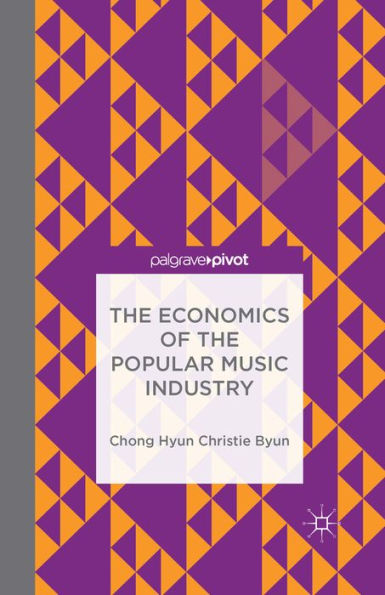5
1

The Economics of the Popular Music Industry: Modelling from Microeconomic Theory and Industrial Organization
128
The Economics of the Popular Music Industry: Modelling from Microeconomic Theory and Industrial Organization
128eBook (2016)
$44.99
$59.99
Save 25%
Current price is $44.99, Original price is $59.99. You Save 25%.
Related collections and offers
44.99
In Stock

Product Details
| ISBN-13: | 9781137467058 |
|---|---|
| Publisher: | Palgrave Pivot |
| Publication date: | 04/29/2016 |
| Sold by: | Barnes & Noble |
| Format: | eBook |
| Pages: | 128 |
| File size: | 538 KB |
About the Author
From the B&N Reads Blog
